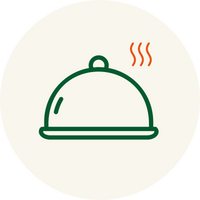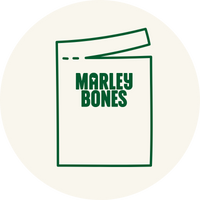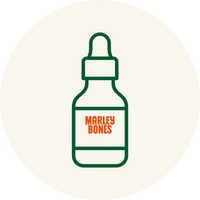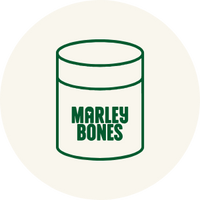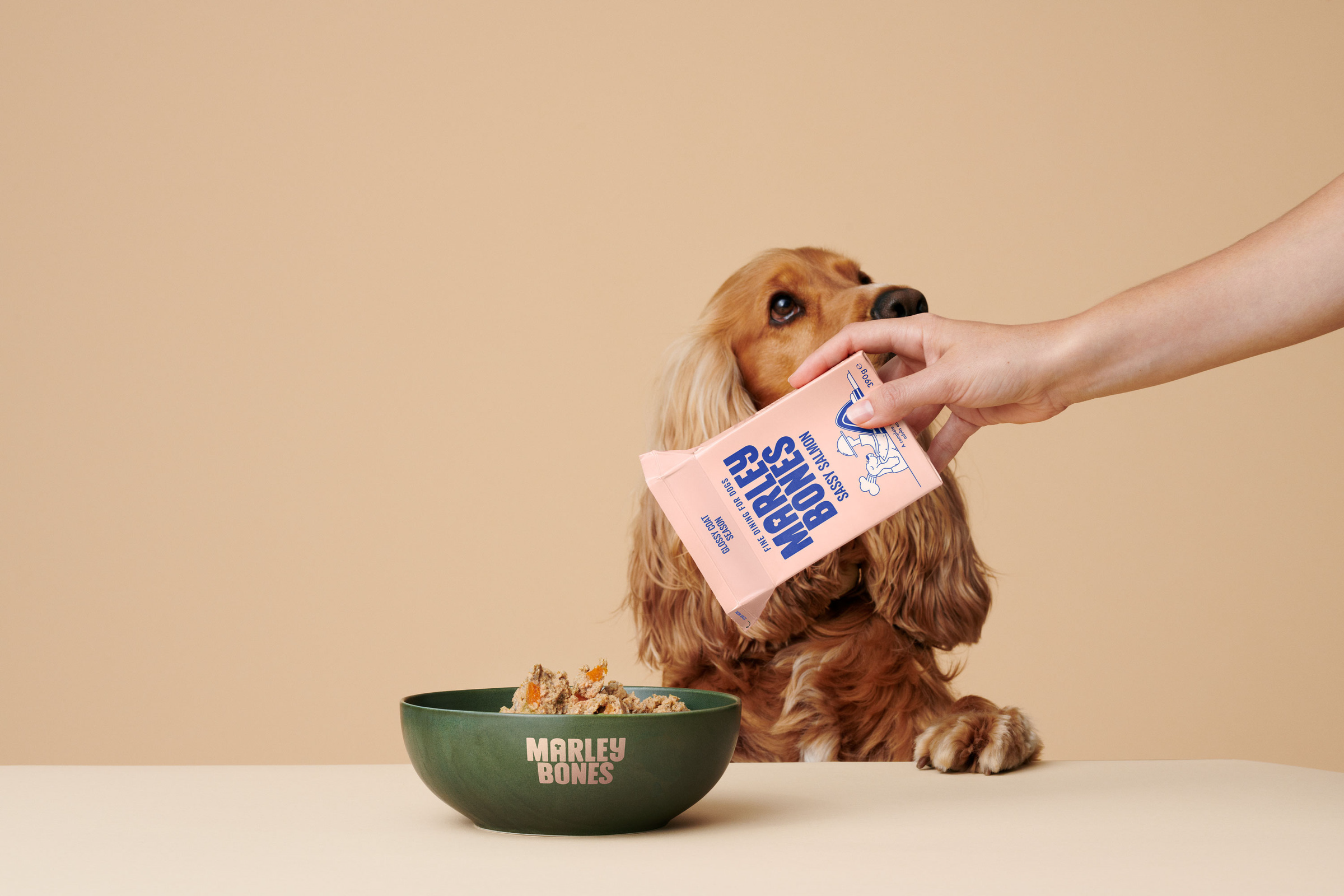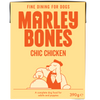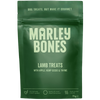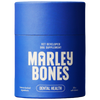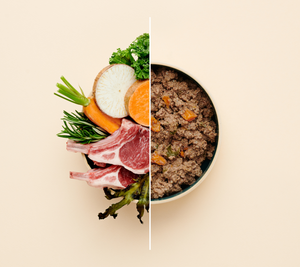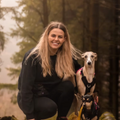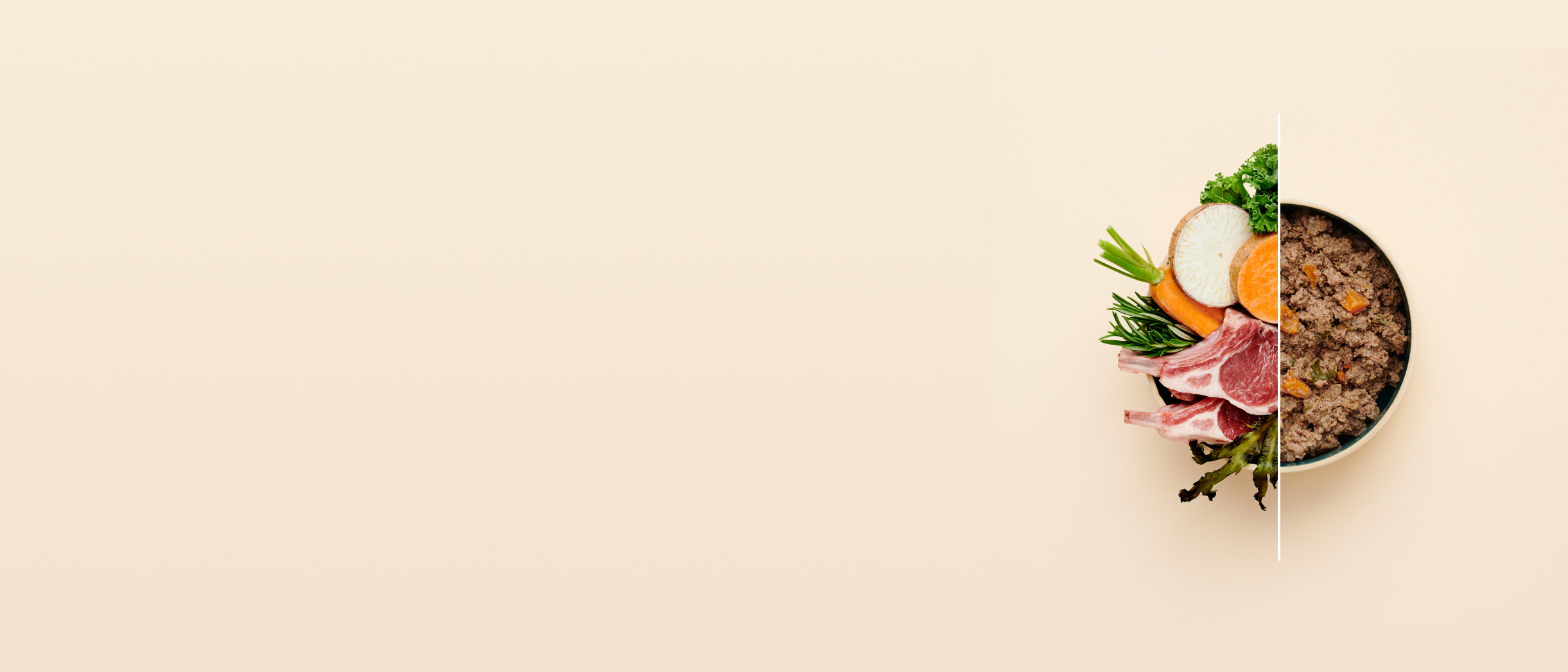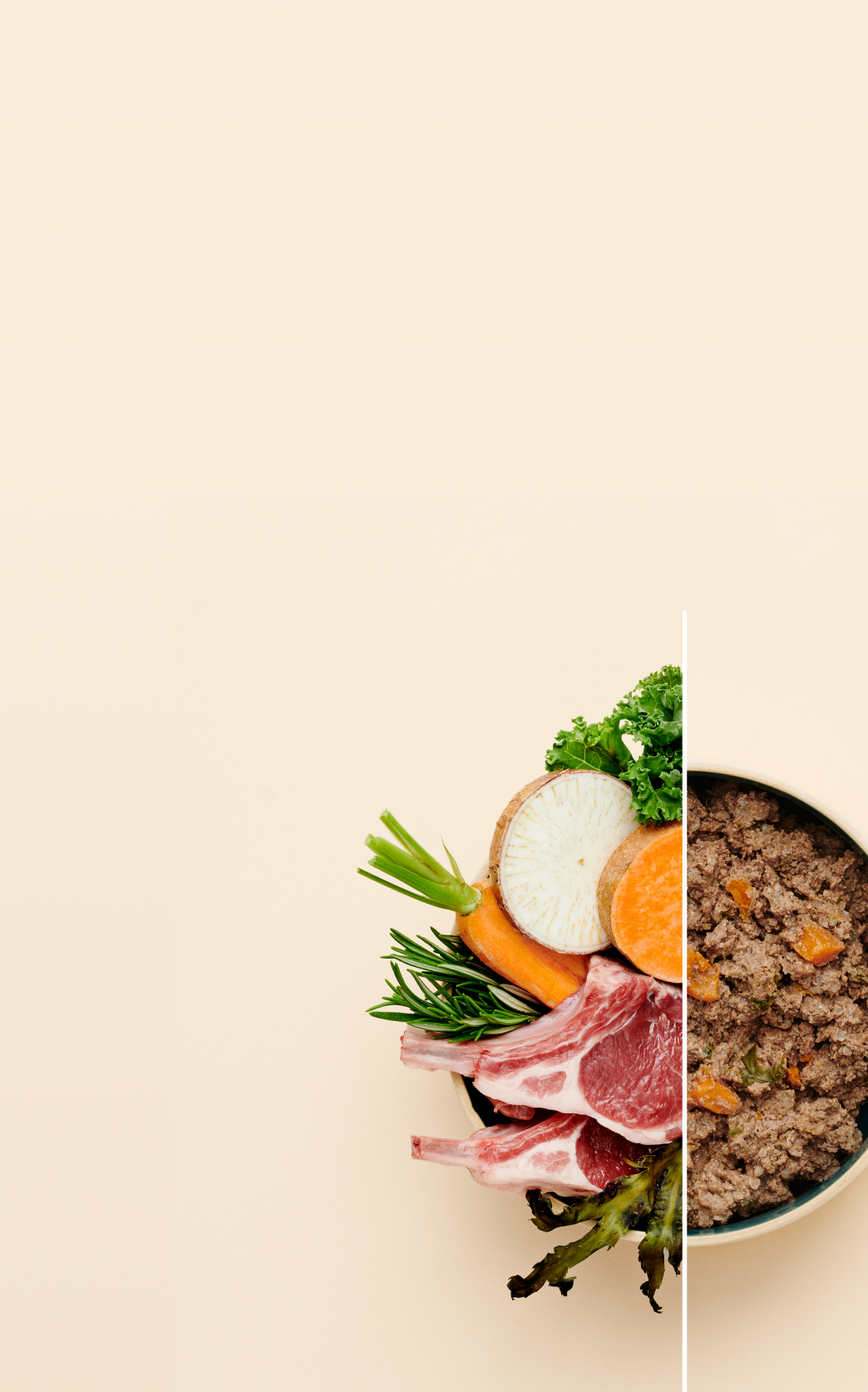Dealing With Dog Anxiety and Stress
One of the most challenging aspects of owning a dog is communication. Dogs can’t tell you when they’re feeling anxious or overwhelmed. But don’t worry - once you learn the signals and understand how stress builds, you’ll be able to better support your dog and become their best advocate.
In this article, Lyndsey Durand, professional dog trainer, will take you through how to recognise the signs of stress, understand the “stress bucket,” and tackle common issues like separation anxiety - all with the goal of helping your dog live a calmer, happier life.
- Symptoms to Look Out For in Anxious Dogs
- Why Is My Dog Anxious - And What's a Stress Bucket?
- What's A Stress Bucket?
- Doing the Detective Work: What's Filling the Bucket?
- Managing the Stress Bucket
- Understanding and Tackling Separation Anxiety
- What Separation Anxiety Looks Like
- How To Help
- The Final Woof
- FAQs
Symptoms to Look Out For in Anxious Dogs
Anxiety in dogs can present in a variety of ways, some obvious and some incredibly subtle. While we’ve all seen those dramatic photos of dogs sitting in the ruins of a couch, not all signs are so clear.
Here are some common - and often overlooked - behaviours that may signal anxiety:
- Lip licking
- Whale eye (showing the whites of their eyes)
- Excessive grooming, licking, or chewing themselves
- Avoiding eye contact or turning their body away
- Becoming very still or moving in short, jerky movements
- Unwanted toileting
- Excessive panting
- Inability to settle
- Growling
These behaviours can often be precursors to a more serious reaction. For example, if your dog is meeting another dog and you notice lip licking, head lowering, or sudden stillness, it's time to intervene - that’s your dog telling you they’re uncomfortable.

Why Is My Dog Anxious - And What's a Stress Bucket?
First step: always rule out medical issues. A sudden change in behaviour could indicate your dog is in pain or unwell.
Take Luna, for example. My dog is normally very tolerant, but on the two occasions she growled at another dog, she turned out to have an ear infection both times. Dogs experiencing arthritis, skin irritations, digestive upsets, or cognitive decline may also become more reactive.
Once health concerns are ruled out, we turn to the stress bucket model.
What's A Stress Bucket?
Imagine your dog has an invisible bucket that collects stress throughout the day. Each experience - whether positive or negative - adds to the bucket. When the bucket overflows, that’s when we see barking, lunging, destruction, or out-of-character reactivity.
Even “normal” days can fill a dog’s bucket. A morning walk with lots of dogs, traffic, kids playing, or a training session can all contribute. If your dog “suddenly reacts” the next day, their bucket may simply have overflowed.
Doing the Detective Work: What's Filling the Bucket?
Keep a diary of your dog’s activities. Track:
- Types of walks and how they went
- Reactions to specific triggers (dogs, noise, people)
- Changes in behaviour after particular activities
- Their physical health (itching, digestion, energy levels)
This will help you identify patterns. For example, your dog might be fine on a regular walk - except the day after a hike, they react strongly to another dog. That hike may have taxed their system more than you realised.

Managing the Stress Bucket
Know Your Dogs Bucket:
- How big is it? Some dogs can handle a lot before overflowing. Others, like my 35kg crossbreed, have a tiny bucket and need recovery after even short walks.
- How fast does it empty? Think of the bucket as having a drain at the bottom. Some dogs recover overnight. Others need days of decompression.
Control What Fills It: You can’t control everything, but you can make thoughtful choices like avoiding known stressors (such as a barking dog behind a fence) or walking during quieter times if your dog is anxious about cars or crowds.
Build Positive Associations with Novelty: Use positive markers like “yes” or “nice” and reward calmly when your dog notices something new (e.g., a passing bike, a loud noise). Turn mealtimes into enrichment by using cardboard boxes and bottles to scatter-feed food and treats.
Help Empty the Bucket with Calmness:
- Active rest – Encourage naps and downtime in a safe spot like their bed or crate.
- Passive calming activities – Use scatter feeding, long-lasting chews, or puzzle toys.
- Calmness protocol – Reward your dog for calm behaviours, such as lying down on their own.
Understanding and Tackling Separation Anxiety
Separation-related behaviours are one of the top reasons dogs are relinquished - and also one of the most misunderstood.
Many assume their dog is “bored” or that being too affectionate causes clinginess. Good news: spoiling your dog doesn’t cause separation anxiety! However, it’s essential to understand what’s really going on.
What Separation Anxiety Looks Like
- Destruction within minutes of being left alone
- Excessive greeting on return
- Panic when you’re in another room
- "Velcro dog" behaviour (never wants to be away from you)
Studies (like Palestrini et al., 2010) show that separation-related behaviours often begin within 10 minutes of the owner leaving.
How To Help
Address The Stress Bucket: Reduce the overall stress in your dog’s life by implementing the strategies we’ve already covered.
Build Independence: Forget the “just leave them longer each time” advice — it doesn’t work for every dog. Start small, using three building blocks:
- Time (how long they’re alone)
- Distance (how far away you are)
- Visual barrier (can they see you?)
If your dog takes a step away from you, mark and reward. If they settle behind a sofa or go into their crate on their own, praise and feed. These are confidence-building moments!
Cultivate Optimism: Anxious dogs often expect the worst. Help your dog learn that new or ambiguous things can be safe - or even rewarding. Use novelty enrichment, calm exposure, and gentle, positive reinforcement.

The Final Woof
Anxiety in dogs isn’t always loud or dramatic. But by understanding their stress signals and managing their emotional “bucket,” you can help your dog feel safer, calmer, and more confident.
Whether it’s separation anxiety, reactivity, or general stress, remember: observation, compassion, and consistency are your best tools.
FAQs
What are the early signs of anxiety in dogs?
Subtle signs include lip licking, whale eye, excessive grooming, panting, and avoiding eye contact. These behaviours often appear before more obvious reactions like barking or growling.
What is the “stress bucket” in dogs?
The stress bucket is a way of understanding how daily experiences—positive or negative—build up in your dog. When the bucket overflows, anxiety-related behaviours such as reactivity or destruction can occur.
Why is my dog suddenly anxious?
Sudden anxiety can be linked to pain, illness, or accumulated stress. Always rule out medical issues first, then evaluate recent activities or triggers that may have filled your dog’s stress bucket.
How can I help reduce my dog’s stress levels?
Provide plenty of rest, offer calming enrichment like scatter feeding or puzzle toys, avoid known stressors, and reinforce calm behaviours. Regular downtime helps “empty” the stress bucket.
What does separation anxiety look like in dogs?
Common signs include destructive behaviour soon after you leave, panic when separated, excessive greetings on return, and clingy or “velcro” behaviour when you're home.

